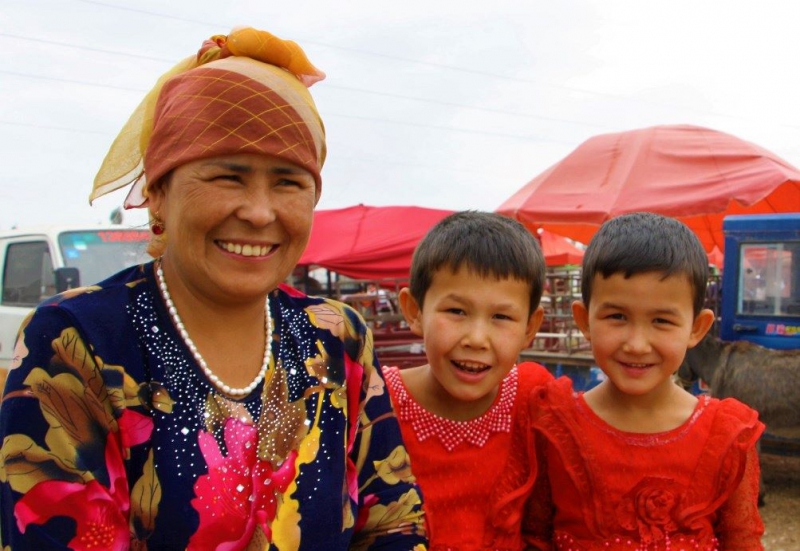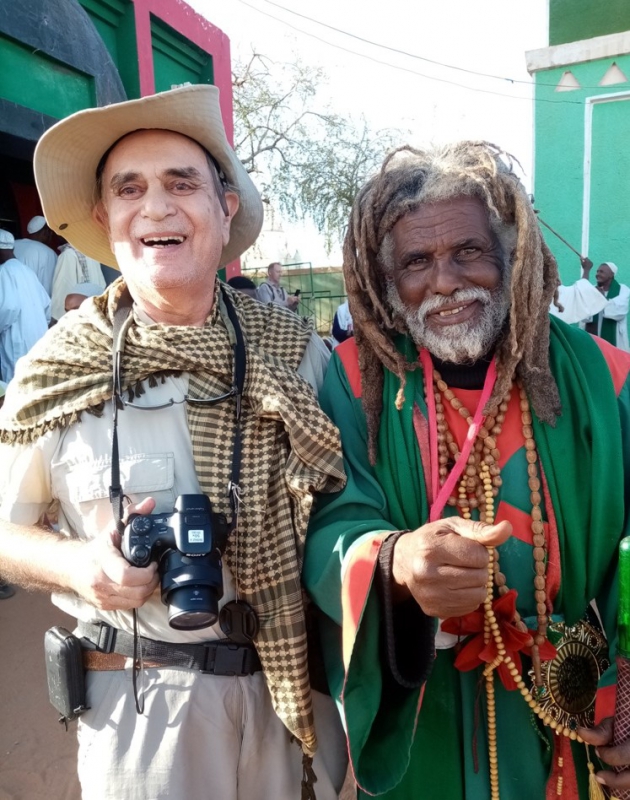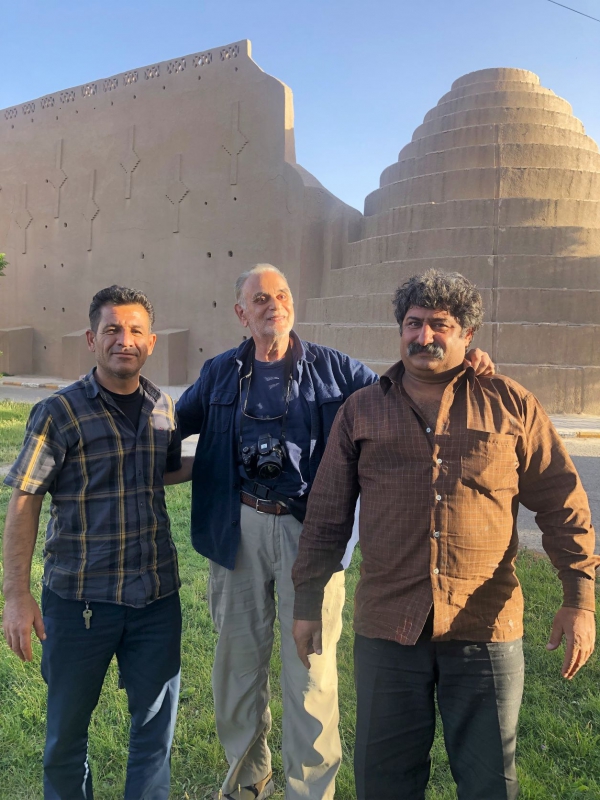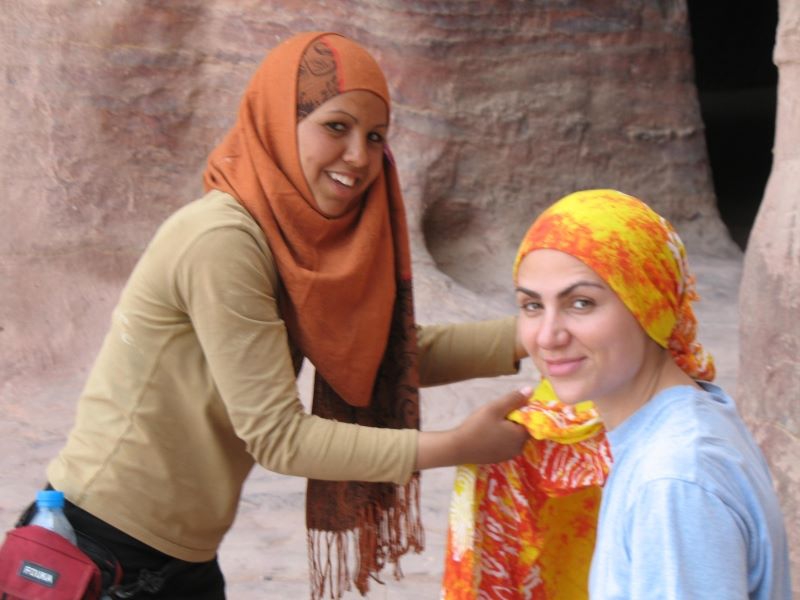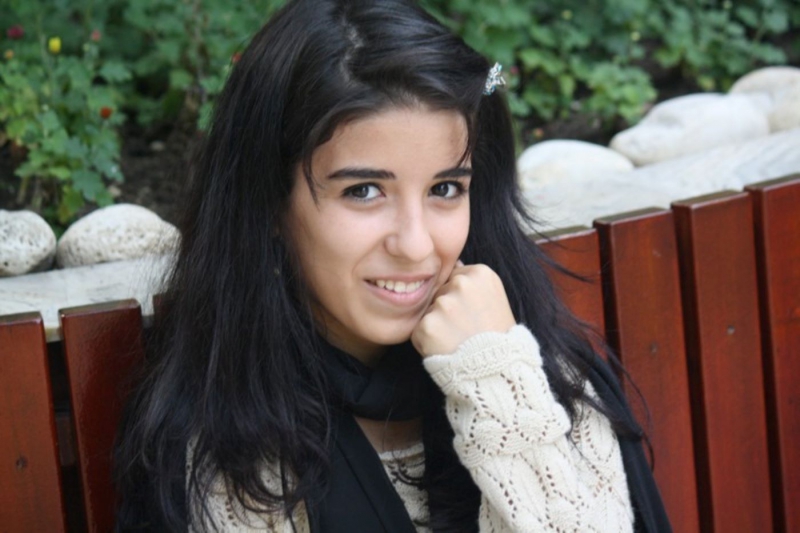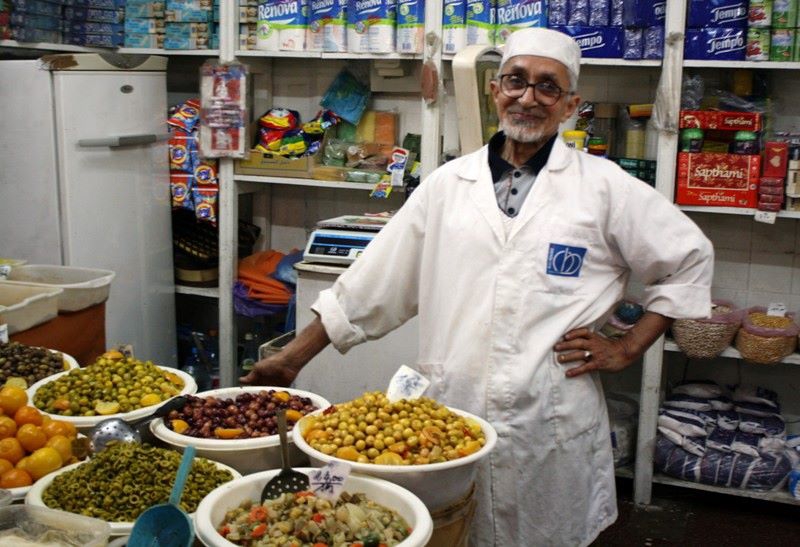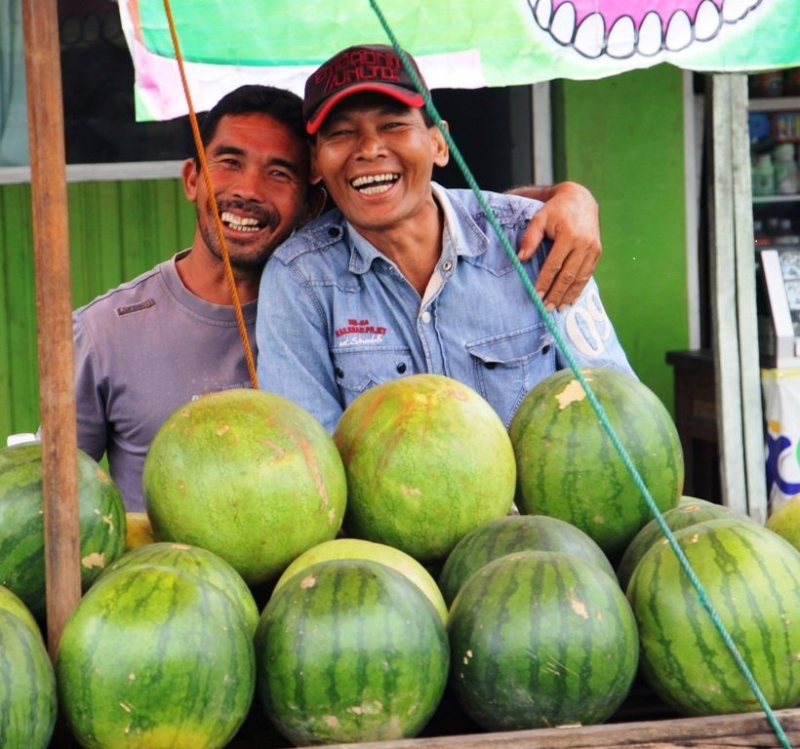The Empty Quarter
Posted January 23, 2015 by JanThe Empty Quarter
Oman
January 22, 2015
The Rub' al Khali (Arabic: الربع الخالي) or Empty Quarter is the second largest sand desert in the world, encompassing most of the southern third of the Arabian Peninsula.
The desert covers some 650,000 square kilometers (250,000 sq miles – about the size of Texas or France). It includes parts of Saudi Arabia, Oman, the United Arab Emirates and Yemen. It is part of the larger Arabian Desert.
Shall I attempt to describe the Empty Quarter? I’ll leave that to my guide Mohammed and to my photographs. (Mohammed also did a photo shoot of Mr. Jan.)


